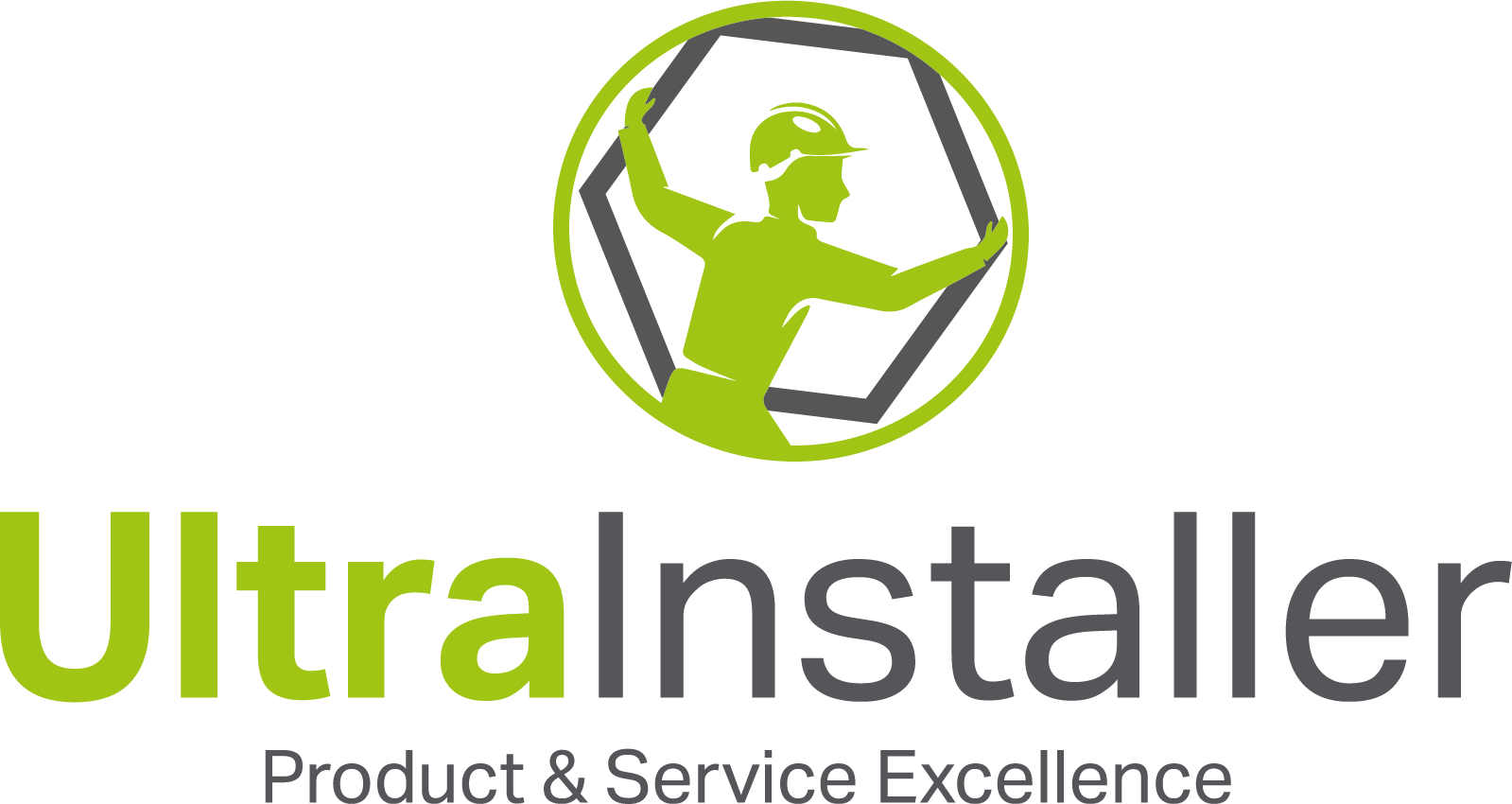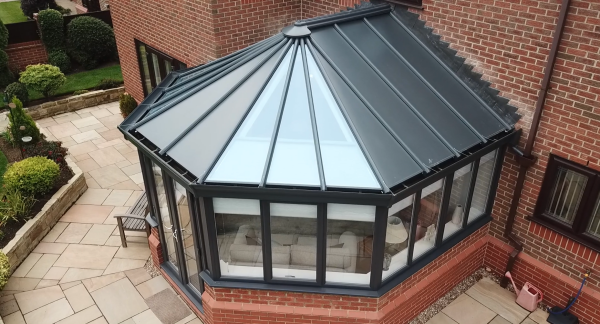The greenhouse effect is a warming of the earth’s lower atmosphere and surface by substances in the atmosphere, which trap solar energy in much the same way as the glass roof and walls of a greenhouse trap heat from the sun.

As a result of this ‘greenhouse effect’ causing increased global warming, the ‘Kyoto Protocol’ was drawn up in December 1997. This was an agreement between countries intended to reduce the risk of global warming and other effects of energy use. The agreement set targets for developed countries to reduce the emissions of greenhouse gases. Governments within the United Kingdom have agreed to a programme, which moves towards a 20% reduction in carbon dioxide emission by 2010.
Thermally, Building Regulations in the United Kingdom originally only concerned themselves to the control of insulation in domestic buildings, and the early aim was merely to ensure minimum standards of health and comfort, and to reduce the risk of condensation in housing. However as a direct result of the ‘Kyoto Protocol’, the Building Regulations have now taken their aim as ‘conservation of fuel and power’ in new and converted buildings.
It is certainly no secret in this industry that proposed revisions to the part ‘L’ of the Building Regulations due some time in 2006 will include conservatories, although an amount of uncertainty is still present concerning the exact details. Originally considered ‘energy gainers’ provided of course they were unheated, conservatories are now viewed as significant energy users. This is a consequence of conservatories increasingly being designed, built and used as living spaces.
Whilst thermal performance has always been a factor in conservatory design, it is now considered one of paramount importance, particularly for roofing manufacturers, with a need to improve product performance.
Both window frames & glazing have been vastly improved since the 1960’s, whilst timber and aluminium frames have enjoyed something of a renaissance recently, PVCu is still by far the most popular choice accounting for some 80% of domestic installations, and likely to continue to be for the foreseeable future. This is mainly due to PVCu being a highly insulate material, which benefits from little or no external maintenance. It is readily available, well tested and the lowest cost of all three materials.
Following the advent of double-glazing DGU’s have gone from strength to strength, now incorporating such thermal improvements as ‘argon gas’ and more recently, ‘warm edge’ technology to reduce leakage through the spacer bars. The result is the ability to specify/design extremely efficient side frames for glazed structures. Although it is still the case that even the best performing windows lose five times as much heat as the same area of wall.
As far as the roof glazing is concerned the same DGU’s as used in the frames, can be specified, or high performance polycarbonate sheets, which can achieve a similar U-value as IGU’s, can be used. Heat however will always escape through the point of least resistance, i.e. places where there are weaknesses in the insulated envelope of the conservatory. To put it another way there is little point in having the most thermally efficient glazing available in the roof, when a high proportion of heat is being lost through inefficient/leaky glazing bars. Aluminium is used as the main structural component in glazing bar construction. The internal claddings and top cappings however have invariably been single skin PVCu. Reflective blinds, solar inserts and high heat absortion IGU’s, are all commonly used in conservatories and whilst these products can improve thermal performance, their presence can contribute to distortion issues, particularly with foiled or coloured components.
Aluminium has been used as an alternative to PVCu, in an effort to combat this problem. However by aiming to solve this one issue, another has been created – one of thermal efficiency. In the same way as improvements have been made to aluminium window frames, significant advances would be needed with aluminium top cappings for them to be considered a practical alternative to PVCu.
Ultraframe have invested heavily in research & development in order to produce the best products available. Thermally, ‘Uzone’, ‘Elevation’ and now ‘Sunroom’ are by far the best performing roofs on the market, achieving a U-value of just 1.74 w/m2k when specified with 25mm polycarbonate.
The Classic system has recently been further enhanced by the launch of chambered top cappings. These cappings are not only extremely thermally efficient, demonstrating an 18% improvement over standard cappings and a 40% increase over competitor systems, but they also benefit from superior torsional rigidity resisting bowing and twisting.
By incorporating a target U-value in product design specification conservatory manufacturers, like Ultraframe, are leading the way with products that anticipate the proposed revision to Building Regulations and aid efforts to reduce the damaging effects of global warming






